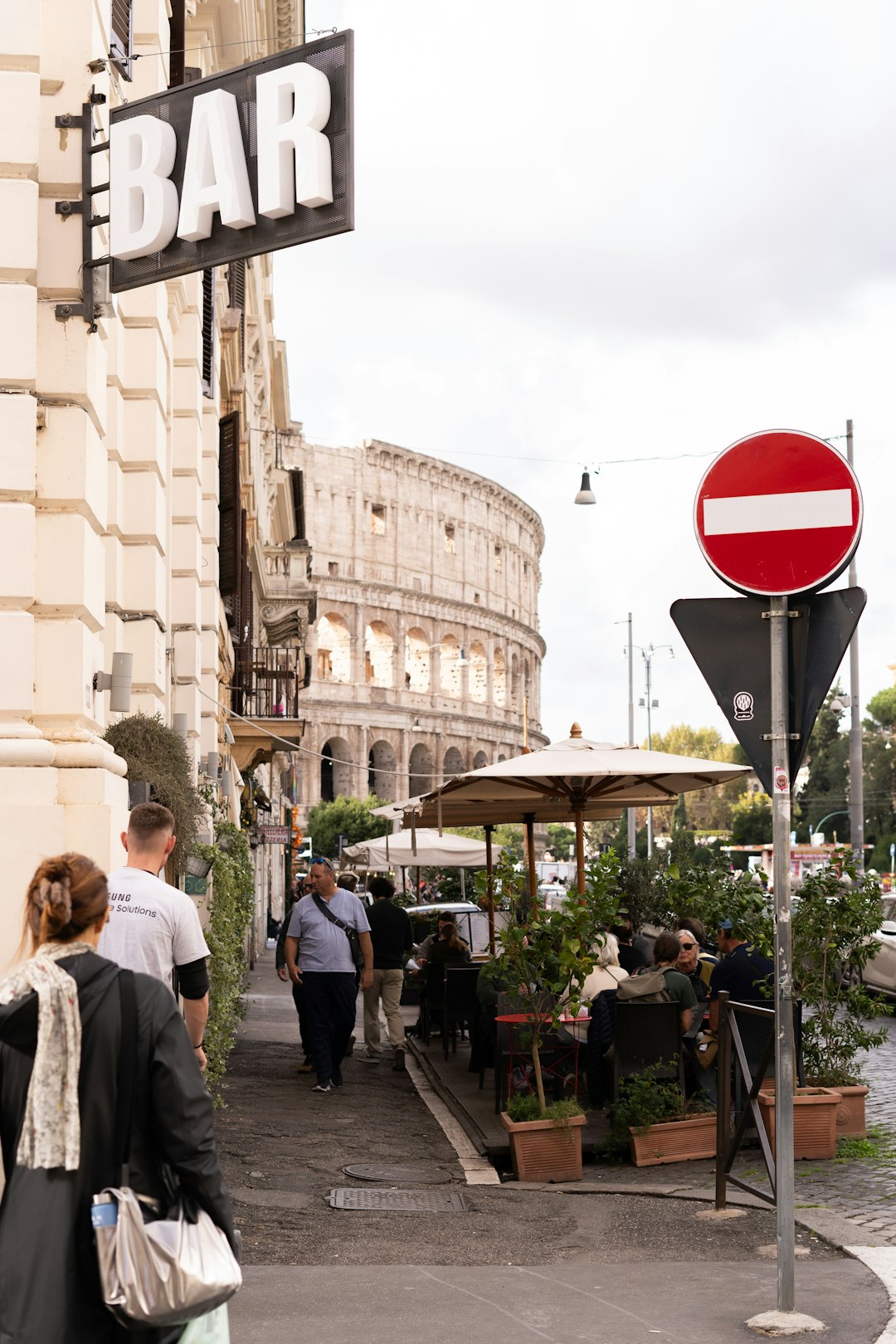Glaze Magic: Experimenting with Different Glazing Techniques in Ceramic Art
Céramqiue is an art form that has been celebrated for generations. The beauty of ceramic art lies not only in the form and texture of the pieces but also in the glazes that adorn them. Glazing involves applying a layer of glass or enamel-like substance to pottery or ceramics to achieve a variety of effects. The process of glaze application opens up a world of possibilities for ceramic artists, where they can experiment with different techniques to create unique and magnificent pieces.
One of the most popular glazing techniques is called “dipping.” This method involves submerging the ceramic piece into a glaze mixture and removing it quickly. The thickness of the glaze and the speed at which it is dipped can create different patterns and textures on the surface. To enhance the effect further, artists may apply multiple layers of glazes, allowing them to experiment and create stunning visual effects.
Another technique commonly used in ceramic art is “layering.” This involves applying different glazes, one on top of another, to create a depth and richness of color. By layering glazes with varying opacities, artists can achieve unique effects, such as iridescence or a metallic sheen. Experimentation with different combinations of glazes can lead to unexpected and captivating results.
For those seeking a more textural approach, “brushing” is a technique that allows artists to control the application of glazes and produce intricate designs. Brushes of different sizes and bristle types can be used to create various effects on the surface of the ceramic piece. This technique gives artists the freedom to express their creativity by adding detailed patterns or even painting-like designs to their work.
“Spraying” is another technique that offers flexibility in glaze application. Artists use an airbrush or spray gun to evenly coat the ceramic piece with glaze. This method allows for more control over the thickness and evenness of the glaze, resulting in a smooth and uniform finish. Spraying is especially useful when working on larger pieces or when attempting to achieve gradients or mist-like effects.
The glazing process in céramqiue is not limited to these techniques alone. Artists are continually pushing the boundaries and experimenting with new ways to apply glaze to ceramics. From crackle glazes to resist techniques, the possibilities are endless. The key is to explore and discover what works best for the individual artist and their artistic vision.
Glaze magic in céramqiue is an ever-evolving art form that ignites imagination and creativity. Through experimentation with different glazing techniques, artists can transform their ceramic pieces into mesmerizing works of art. So, whether you’re a beginner or an experienced ceramic artist, don’t be afraid to dive into the world of glazes and unleash your creativity. Explore the vast array of techniques, embrace the potential for unexpected results, and let the magic of glazing elevate your ceramics to new heights. Céramqiue is an art form that deserves to be celebrated, and glazing techniques are the perfect way to make your ceramic creations truly extraordinary.
************
Want to get more details?
Ceramique création Sylviane Petetin
https://www.sylvianepetetin.com/
France
I merge translucent porcelain with the robustness of stoneware, creating works that are a dialogue between matter and the imagination. My creations, both raw and poetic, often play on transparency and opacity to evoke a certain duality. I am also inspired by Art Nouveau with wrought iron and translucent porcelain light fixtures. Pieces that combine the elegance of metal with the softness of filtered light, an ode to the timeless

